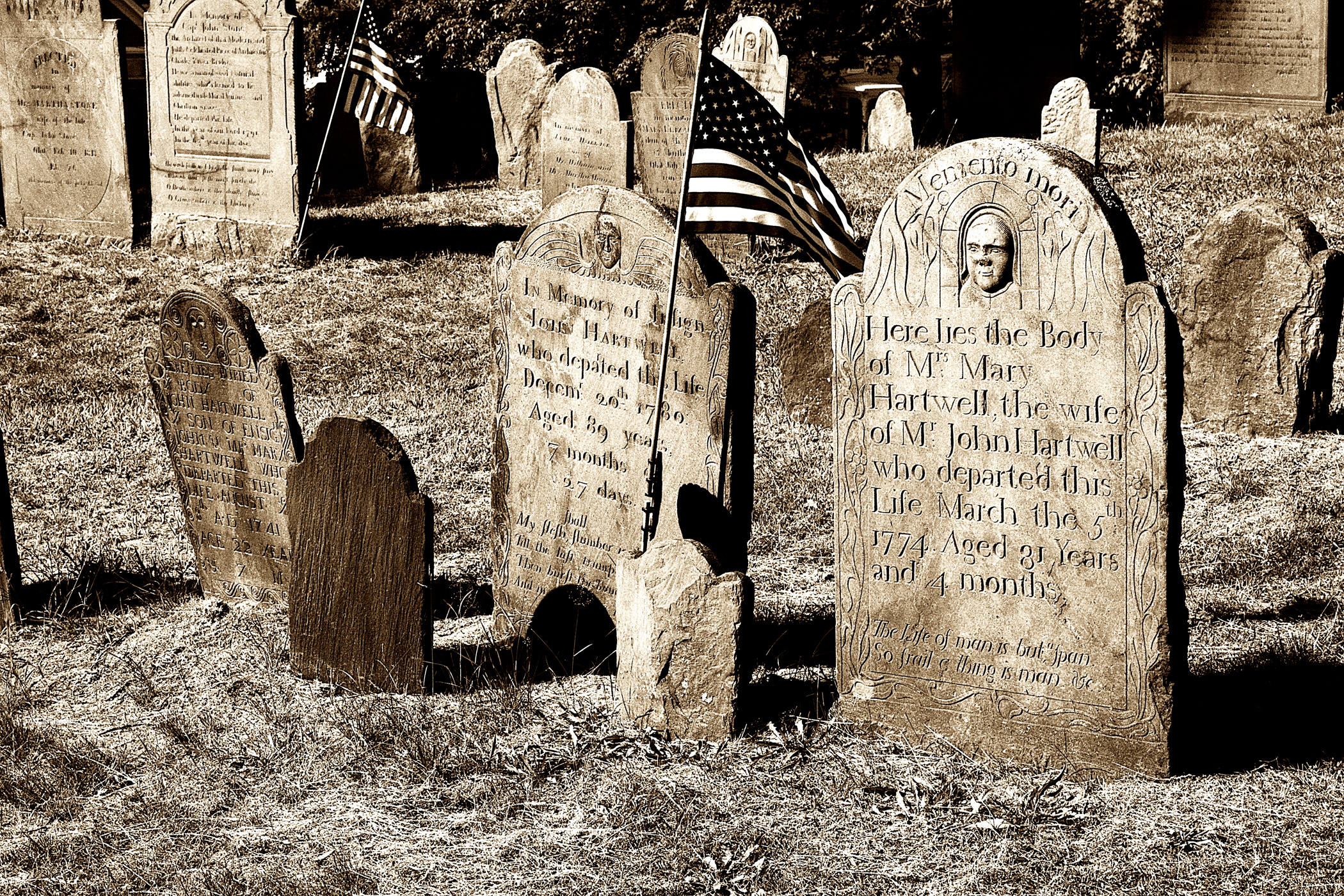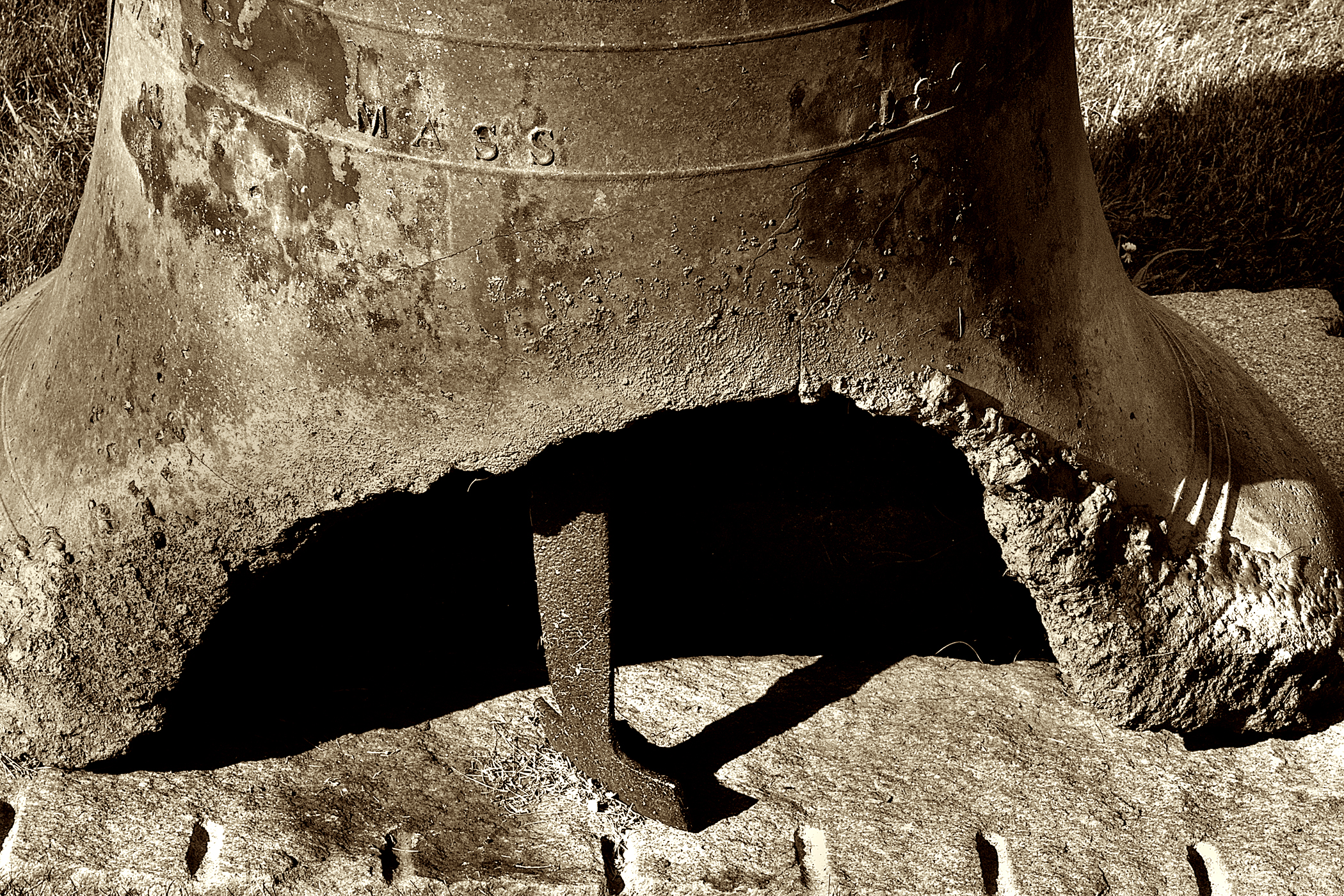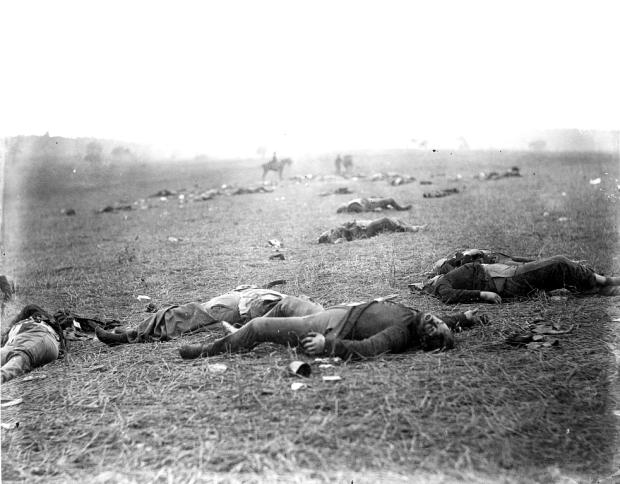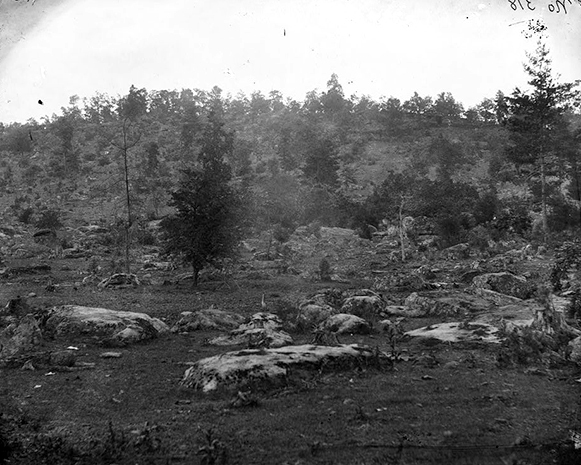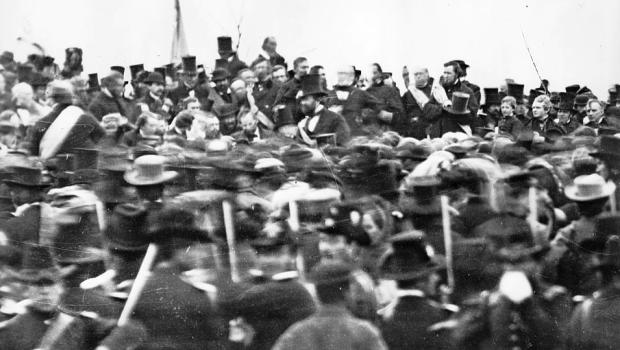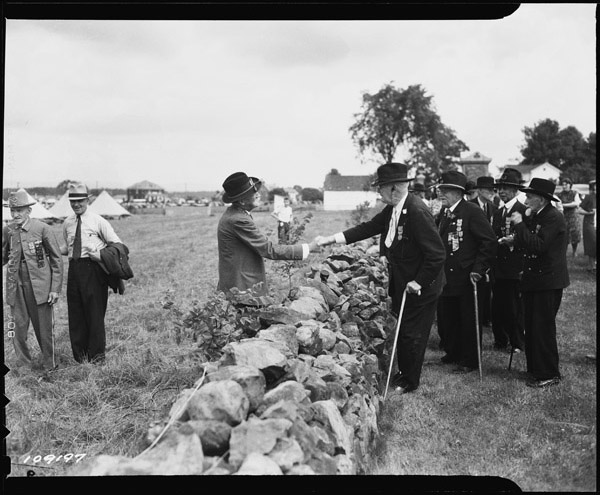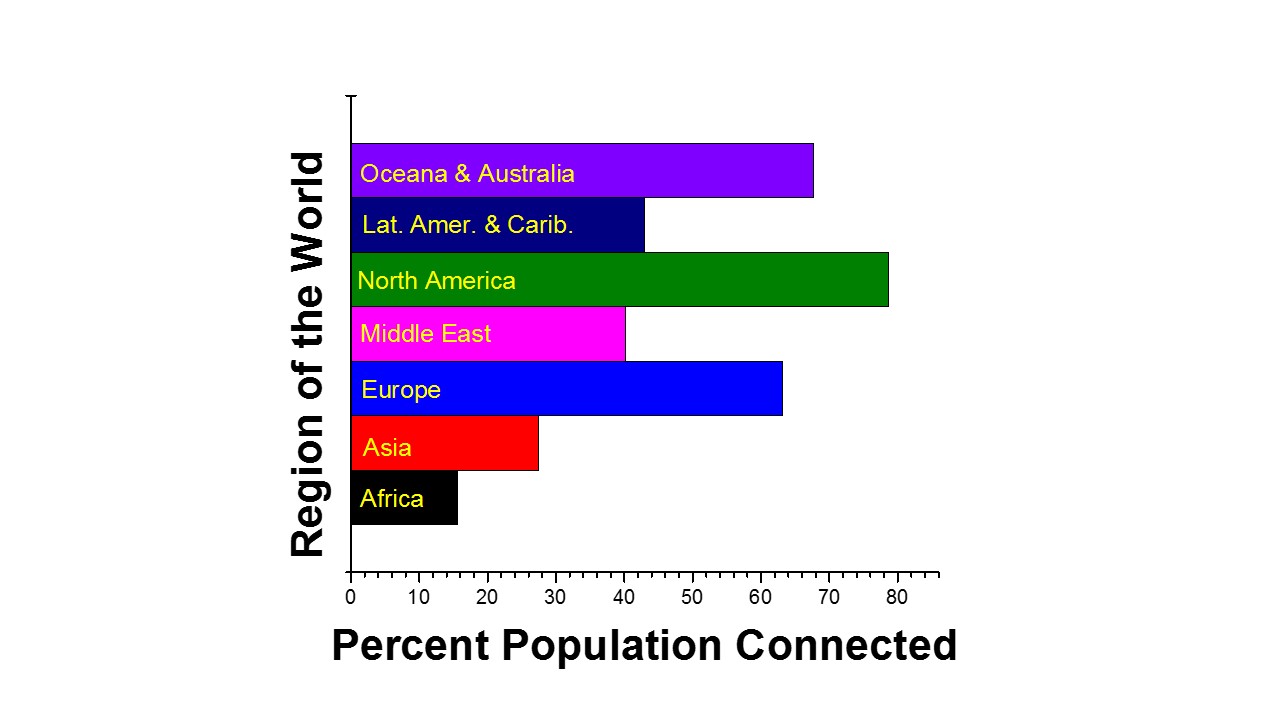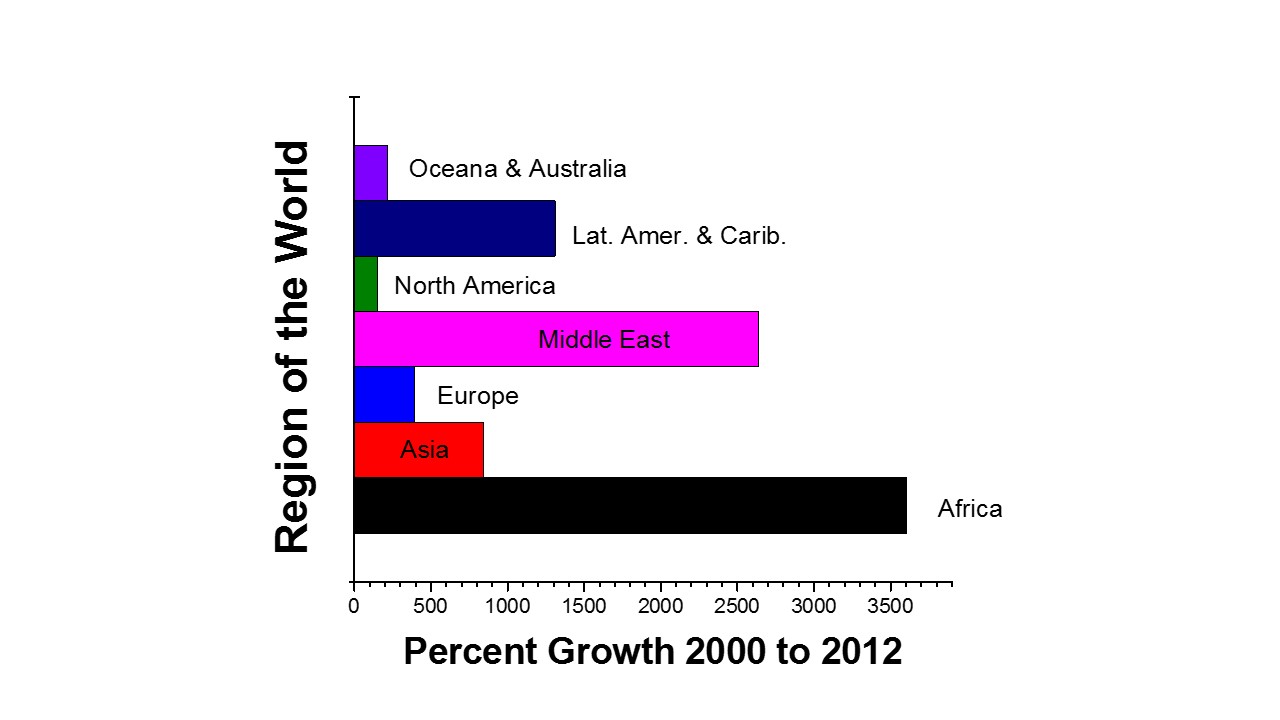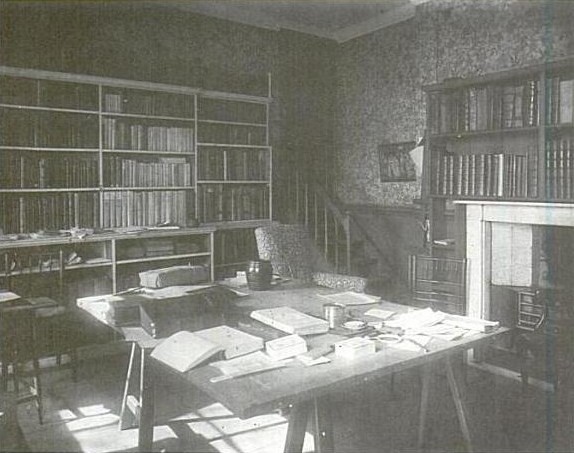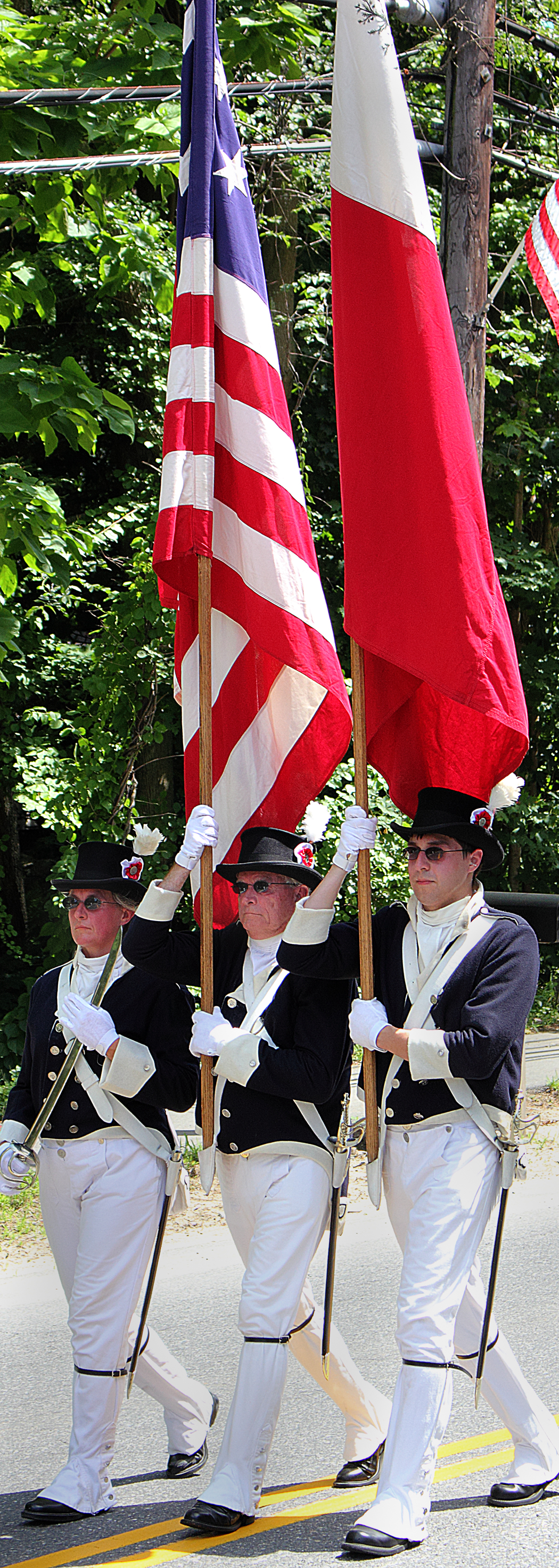
Color Guard, (c) DE Wolf 2013
Fourth of July this year in Massachusetts was hot – well maybe not as hot as in the Southwest, but pretty hot for those of us that weather New England winters so as not to have to put up with scorching heat in summer. The fun part of the Fourth is small town celebrations, and we are fortunate to live right on the parade route of our local Fourth of July parade. So we bake ourselves, sip on code drinks, talk to politicians, and make our bathroom available to desperate children, who discover one giant slurry too late that there are no public bathrooms on the parade route. You would think that these patriotic towns would at some point come to the realization that it is “life, liberty, and the pursuit of happiness,” not “the pursuit of restrooms!”
For some reason, I never seem to be satisfied by the pictures that I get. Maybe I’m just not cut out for snapping well composed snaps of parades. Or maybe, my photo-preferences lie elsewhere. Still I try each year to photograph our local minuteman militia, including my own PCP, who by the time that he reaches our end of the hike looks like he may himself soon be in need resuscitation. And then there are the myriad of bands, and local scout troops, politicos, fife and drummers, people on antique bicycles, and dinosaurs. Dinosaurs? Yes, our local garden center this year featured a float with a shovel-bearing, gardening T-Rex. I am including just a few of these images to give the flavor of the day.
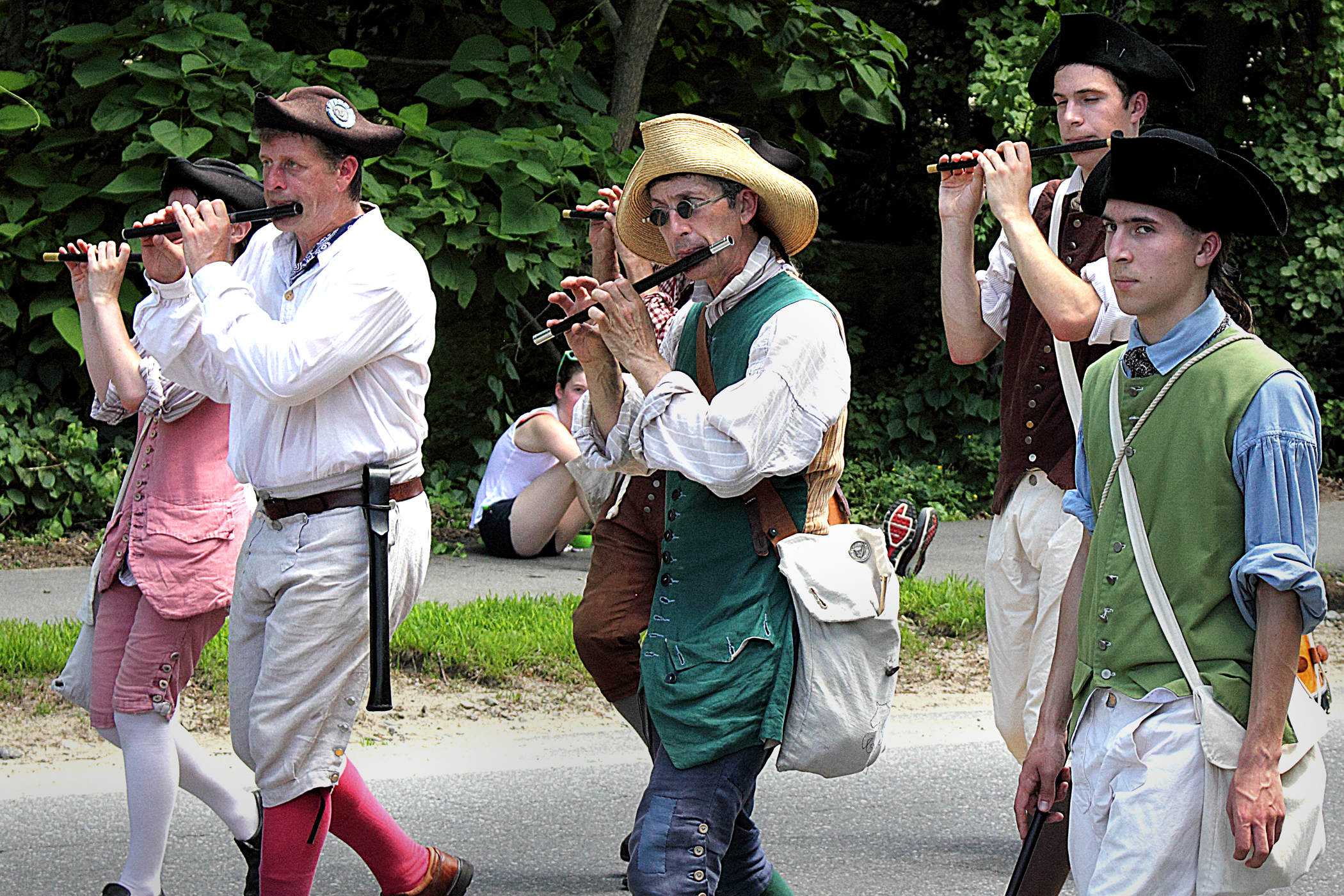
Fifers, (c) DE Wolf 2013
Of course, the best part of the day was talking with friends and barbequing after the parade. Then there was the true Boston ending, watching the Boston Pops and the fireworks from the esplanade. The national media has deserted us. So the broadcast this year featured local talent, which was really fine with all of us, as the city pulled off the first major public event since the marred Boston Marathon.
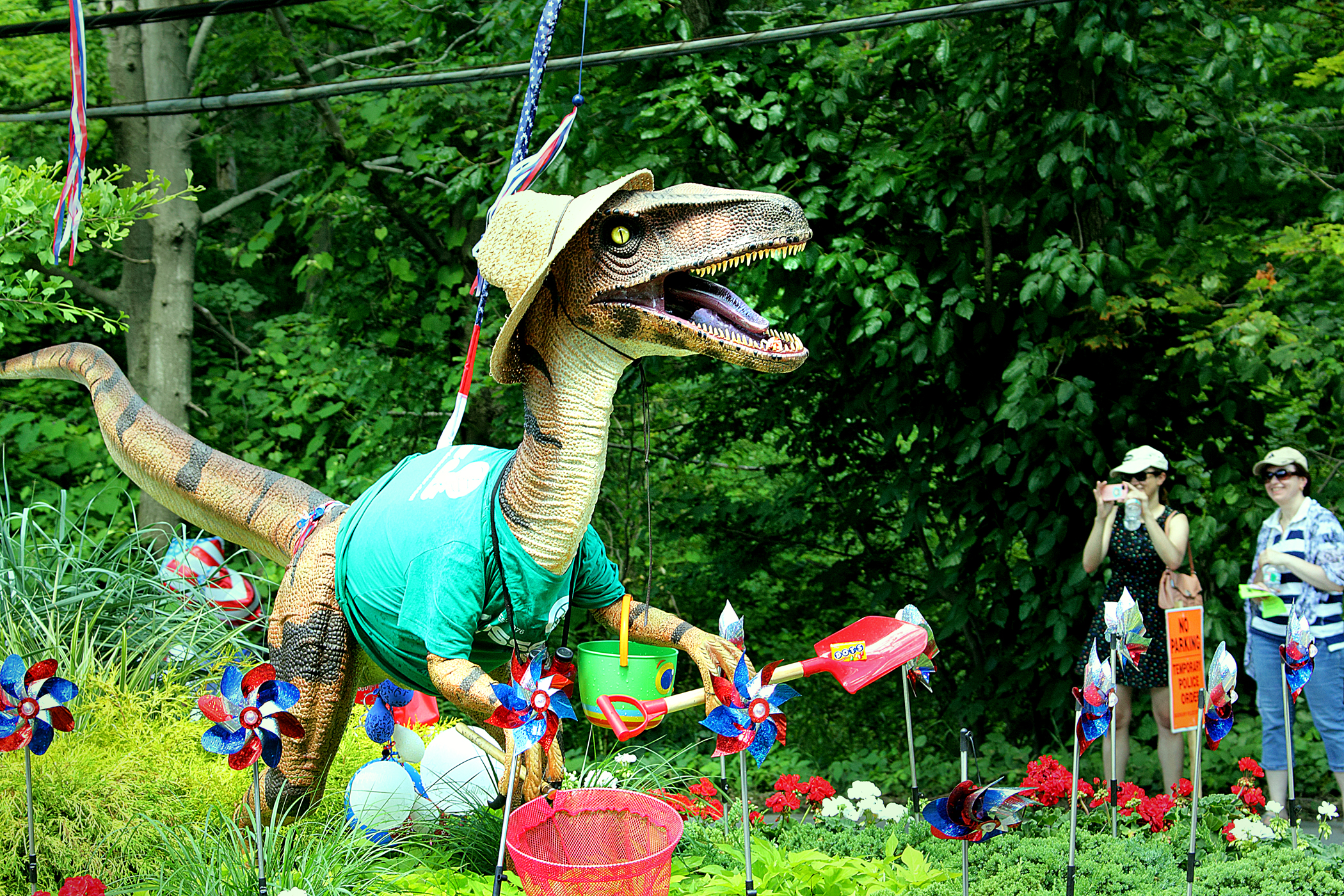
T-Rex, (c) DE Wolf 2013
“The second day of July, 1776, will be the most memorable epoch in the history of America. I am apt to believe that it will be celebrated by succeeding generations as the great anniversary festival. It ought to be commemorated as the day of deliverance, by solemn acts of devotion to God Almighty. It ought to be solemnized with pomp and parade, with shows, games, sports, guns, bells, bonfires, and illuminations, from one end of this continent to the other, from this time forward forever more.*”
*Excerpt from a letter by John Adams to Abigail Adams, July 1, 1776.

